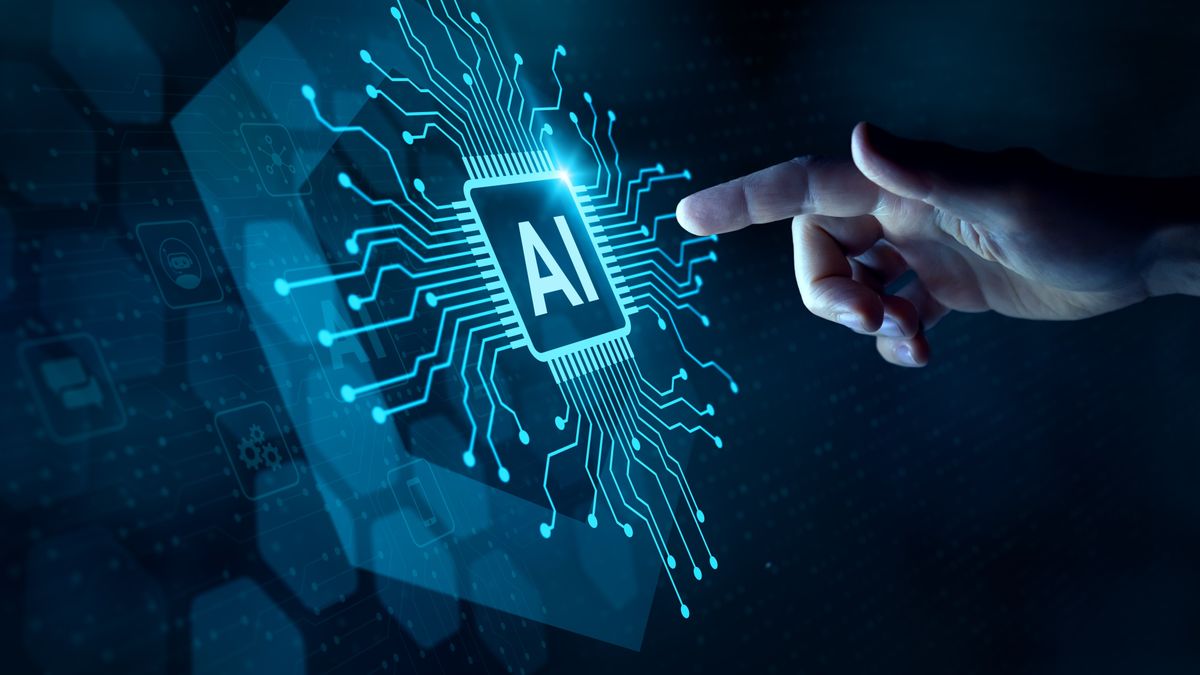As the transformative power of Generative AI reaches new heights, the technology is reshaping the way nearly every organization around the world works, collaborates and innovates.
However, adoption and progress is uneven, with two cohorts emerging: those organizations that stalled in adopting AI tools, versus those who making progress towards realizing the opportunity. According to a recent study from BCG, only 10% of organizations are scaling AI across one or more enterprise functions, while 40% of organization have taken no action. The BCG study notes that the benefits are clear, as those organizations who are further along in the adoption of AI are observing 2.6x increases in revenue growth and 38% in EBIT growth across three years, as well as substantive increases in market share and customer satisfaction.
There are a range of ways that AI can be applied to simplify and streamline parts of the day to day working process, as well as supporting creative content creation and complex problem solving. However, to truly harness these new capabilities, organizations will need to rethink traditional ways of working and adapt to new paradigms to achieve the business impact noted above.
Through our discussions with leading enterprise customers, numerous analyst briefings and our own independent research, we have found that organizations exhibit a common set of characteristics as they mature their understanding and adoption of AI. Through understanding the indicators, incubators, and inhibitors, organizations can accelerate their path towards realizing the benefits of AI. Let’s walk through these phases to help supercharge the ways organizations leverage AI.
Phase 1: Exploration
Known as the nascent phase where organizations are beginning to understand what AI is and how it can be applied within their context, the exploration phase is entrepreneurial and opportunistic.
For every organization, building a strong foundation with AI emphasizes educating the team with the basics of AI and machine learning, being strategic with the existing
IT infrastructure and data, focusing on the forward momentum in a responsible way and evaluating the existing policies. This approach ensures that the integration of AI aligns with your established protocols for data security, privacy and ethical standards, minimizing risks and maintaining regulatory compliance.
By grounding AI initiatives in familiar governance practices, organizations will have the opportunity to create a solid foundation for responsible AI deployment while facilitating smoother transitions and fostering trust among stakeholders. It means you’ll also be able to identify gaps or necessary adjustments in policies to better accommodate AI technologies as they evolve.
Phase 2: Experimentation
At this stage, organizations may begin experimenting with AI technologies to upskill their teams and put knowledge into action. It’s a good idea to run pilot projects and proof-of-concept initiatives, encouraging targeted use of AI to address specific opportunities. This user testing will also help teams get first-hand experience of working with AI aligned with their business’ policies and governance in mind.
Some processes to consider trialing include:
1. Upskill AI “champions” with critical knowledge – these are the key employees that will be the core AI team, providing support across departments and ensuring business-wide alignment
2. Fund targeted AI applications to address specific challenges or opportunities – by being selective and prioritizing key projects, you can scale up AI implementation and ensure it is fit for purpose.
3. Either set up or brief the governance team to identify risk, ensure data integrity, and foster accountability throughout AI projects.
Communication is key in this phase so ensure teams and pilot project groups are aligned and led with a central vision or set of objectives. This might include streamlining client communications across the organization so there is full transparency of the developing changes and inclusion of AI to the business, while highlighting how it will benefit the business and the services provided.
Phase 3: Innovation
The innovation phase is arguably the most exciting one. This is when the groundwork and testing is put to good use. Here, organizations may consider establishing new AI roles and reskilling team members, upgrading the existing infrastructure to support long-term adoption of AI, re-engineering the work process and continuously monitoring and updating policies as new processes are officially brought online.
This phase will also demonstrate the immense benefits and learning development opportunities that come with AI adoption. A comprehensive reskilling program is essential to empower existing employees with the knowledge and skills needed to work effectively with AI technologies.
It is also well worth investing in some high-performance computing resources, cloud computing platforms, and advanced data storage solutions that can handle the increased processing demands of AI workloads.
Phase 4: Realization
This next phase is about fully integrating AI into decision-making and operational processes to unlock new opportunities, drive innovation, and maintain a strong competitive position in the market. This is where all that has been learned through the previous phases is formally embedded into day-to-day ways of working.
Similar to the innovation phase of reskilling employees, here, organizations should make sure that their employees are fully equipped with the technology and leadership skills that are necessary to leverage AI technologies. This will be a case of making sure that all employees are skilled to adapt to the new ways of working by benchmarking skills, identifying competency gaps, and implementing training programs to address them accordingly.
Organizations should also evaluate the consolidation or decommissioning of legacy infrastructure and tools, scale work processes across all business functions and units, and empower the governance team to actively monitor progress and update policies.
Overall, as your organization begins adopting AI business-wide, it’s important to remember that it’s not just about using AI to make things faster and more efficient, but about leading with empathy and understanding. If we as leaders focus on emotional intelligence we create working environments where both people and technology can thrive.
We list the best free cloud storage.
This article was produced as part of TechRadarPro's Expert Insights channel where we feature the best and brightest minds in the technology industry today. The views expressed here are those of the author and are not necessarily those of TechRadarPro or Future plc. If you are interested in contributing find out more here: https://www.techradar.com/news/submit-your-story-to-techradar-pro





